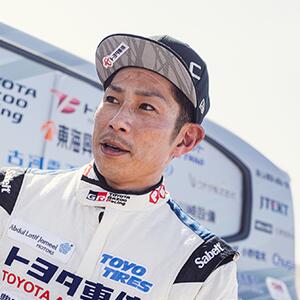With the right amount of air pressure, your tires will perform better, wear longer and save fuel. The "right amount" of air pressure for the original equipment or same size tires is specified by the vehicle manufacturer and may be different for front and rear tires. Check with your Toyo distributor or dealer if the replacement tires on your vehicle are no longer the same size as the O.E. tires.
Where To Find The Correct O.E. Inflation Pressure
You will find the recommended pressure on a placard or sticker in the door jamb, glove compartment, or near the gas cap. If your vehicle does not have a placard, check the owner's manual or consult the vehicle manufacturer, tire manufacturer, or your local tire dealer. The tire placard tells you the maximum vehicle load, the cold tire pressure, and the tire size recommended by the vehicle manufacturer.
Using A Tire Pressure Gauge
You can't tell when tires are low or underinflated just by looking. Always use an accurate tire pressure gauge to determine your tire pressure.
When To Check Tire Pressure
Check inflation pressure (including the spare) at least once a month and before every long trip. Tires must be checked when they are cold (before they have run a mile). If you must drive over a mile for air, measure and record the underinflation amount of each tire. Upon arriving at the service station, measure each tire's inflation again and if the pressure has increased, adjust the amount of additional air pressure needed. For example, if cold pressure should be 35PSI, cold pressure was 28PSI, and current pressure is 33PSI, you should inflate the warm tires to 40PSI and recheck them again when cold.
How Do Tires Lose Pressure?
Tires lose pressure naturally through the process of permeation. Changes in outdoor temperature can affect the rate at which tires lose air. This change is more pronounced in hot weather. Generally speaking, a tire will lose one or two pounds of air pressure per month in cool weather or even more in hot weather. Remember, underinflation is the leading cause of tire failure, so check inflation pressure regularly.
Other Tips
Never "bleed" or reduce air pressure when tires are hot. It is normal for pressures to build up as a result of driving.
Make sure all tire valves and extensions are equipped with valve caps with rubber gaskets to keep out dirt and moisture. Have a new valve stem assembly installed whenever a tire is replaced.
Underinflation or overloading creates excessive heat, and can lead to tire failure, which could result in vehicle damage and/or serious injury or death.





